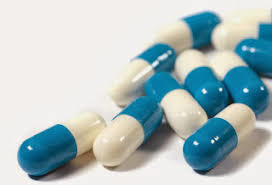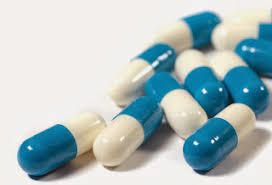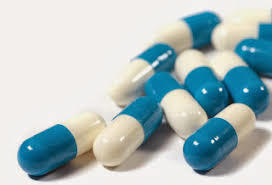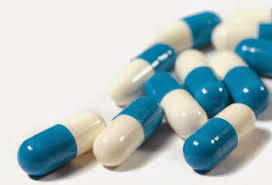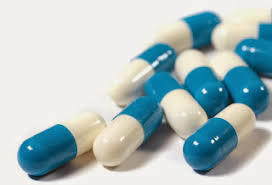
Cyclosporine Soft Gel Capsules
74 INR/Box
Product Details:
- Drug Type General Medicines
- Ingredients glycerin, glyceryl caprylate,
- Physical Form Capsules
- Suitable For Adults
- Storage Instructions Cool and Dry Place
- Click to view more
X
Cyclosporine Soft Gel Capsules Price And Quantity
- 74 INR/Box
- 300 Box
Cyclosporine Soft Gel Capsules Product Specifications
- General Medicines
- Cool and Dry Place
- Adults
- glycerin, glyceryl caprylate
- Capsules
Cyclosporine Soft Gel Capsules Trade Information
- Cash in Advance (CID) Cash Advance (CA)
- 300 Box Per Month
- 1 Months
- Yes
- Sample costs shipping and taxes has to be paid by the buyer
- Western Europe Asia Australia Middle East Central America Eastern Europe South America North America Africa
- All India
Product Description
Cyclosporine lowers your body's immune system. The immune system helps your body fight infections. The immune system can also fight or "reject" a transplanted organ such as a liver or kidney. This is because the immune system treats the new organ as an invader.Cyclosporine is used to prevent organ rejection after a kidney, heart, or liver transplant. Cyclosporine is also used to treat severe psoriasis or severe rheumatoid arthritis.Pharmacology:
Pharmacodynamic Properties Of Cyclosporine
Used in immunosuppression for prophylactic treatment of organ transplants, cyclosporine exerts specific and reversible inhibition of immunocompetent lymphocytes in the G0-or G1-phase of the cell cycle. T-lymphocytes are preferentially inhibited. The T1-helper cell is the main target, although the T1-suppressor cell may also be suppressed. Sandimmune (cyclosporine) also inhibits lymphokine production and release including interleukin-2.
Pharmacokinetic Properties Of Cyclosporine
- Absorption:
The absorption of cyclosporine from the gastrointestinal tract is incomplete and variable. The extent of absorption is dependent on the individual patient, the patient population, and the formulation. - Protein Binding:
In the plasma, approximately 90% is bound to proteins, primarily lipoproteins. In blood, the distribution is concentration dependent. Approximately 33% to 47% is in plasma, 4% to 9% in lymphocytes, 5% to 12% in granulocytes, and 41% to 58% in erythrocytes. - Metabolism:
Hepatic, extensively metabolized by the cytochrome P450 3A enzyme system in the liver. It is also metabolized in the gastrointestinal tract and kidney to a lesser degree. The metabolites are significantly less potent than the parent compound. The major metabolites (M1, M9, and M4N) result from oxidation at the 1-beta, 9-gamma, and 4-N-demethylated positions, respectively. - Route Of Elimination:
Elimination is primarily biliary with only 6% of the dose (parent drug and metabolites) excreted in the urine. Only 0.1% of the dose is excreted in the urine as unchanged drug.
Pregnancy Pregnant women receiving immunosuppressive therapies after transplantation, including cyclosporin and cyclosporin-containing regimens, are at risk of premature delivery.
Breast-Feeding Cyclosporin passes into breast milk. The ethanol content of the Neoral formulations should also be taken into account in women who are breast-feeding
Contraindications
Hypersensitivity to the active substance or to any of the excipients.
Side Effects
Very rare but the common side effects are:
Shaking
Headache
Dizziness
Unusual growth of body hair,
Nausea/vomiting
Diarrhea
Stomach upset
Tell us about your requirement

Price:
Quantity
Select Unit
- 50
- 100
- 200
- 250
- 500
- 1000+
Additional detail
Mobile number
Email


